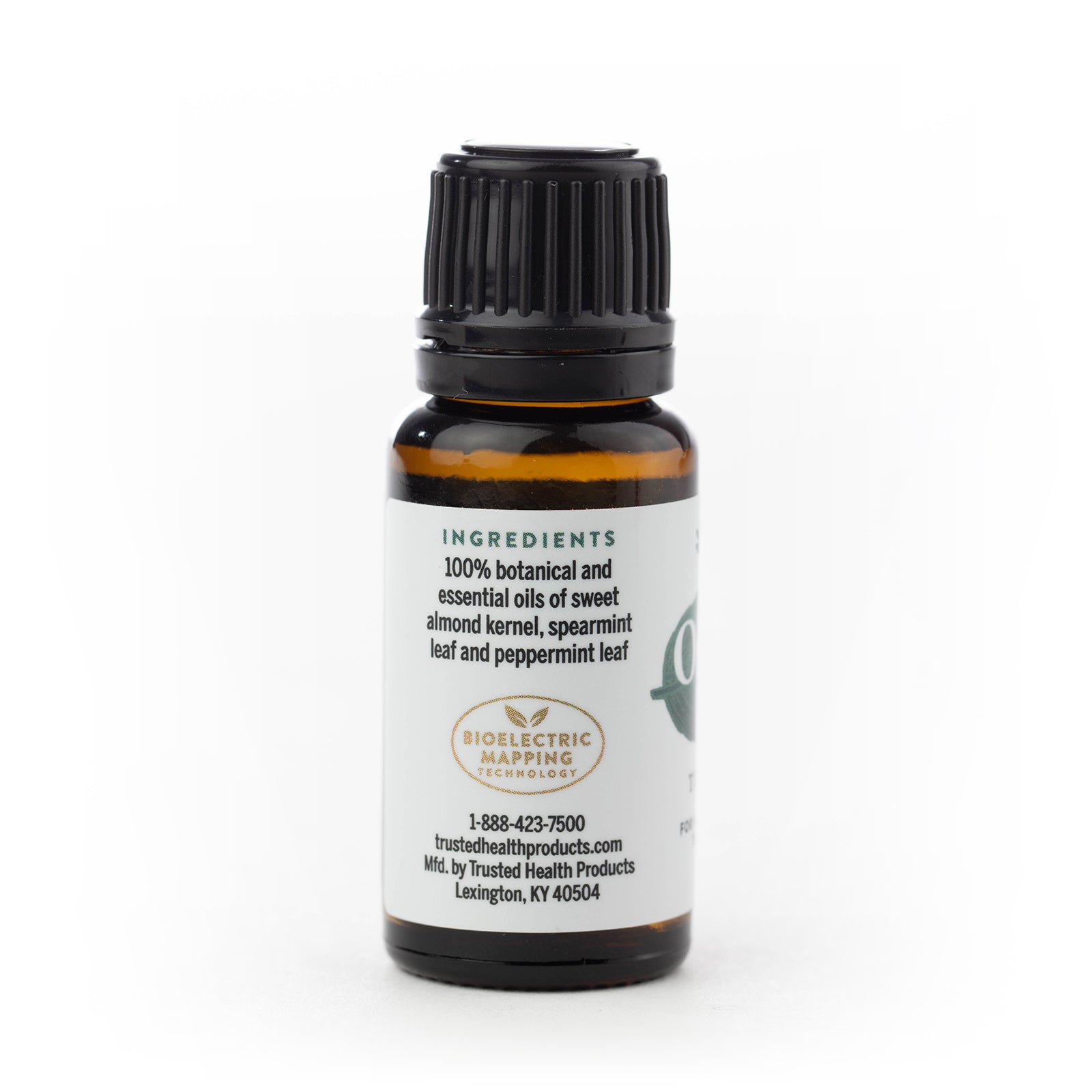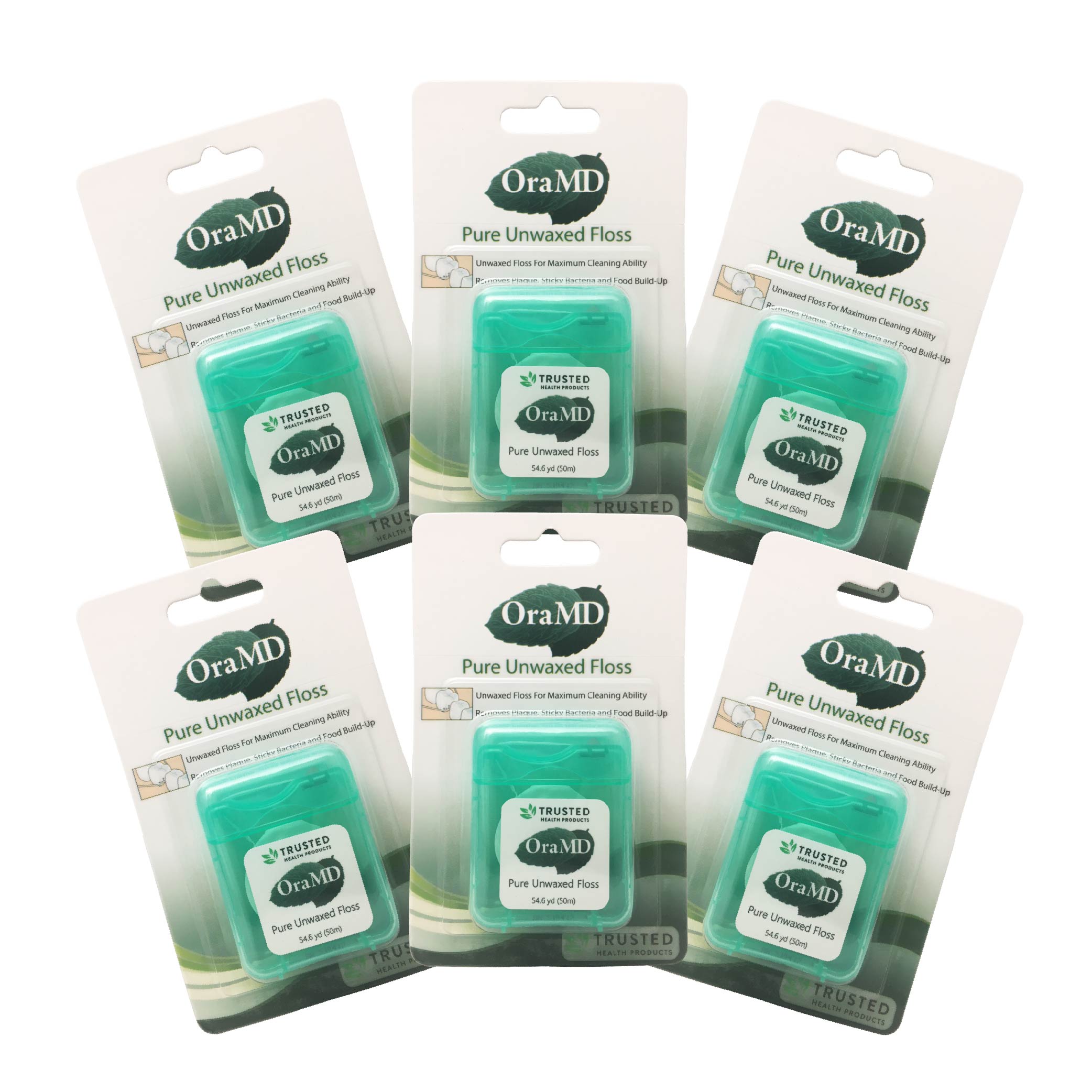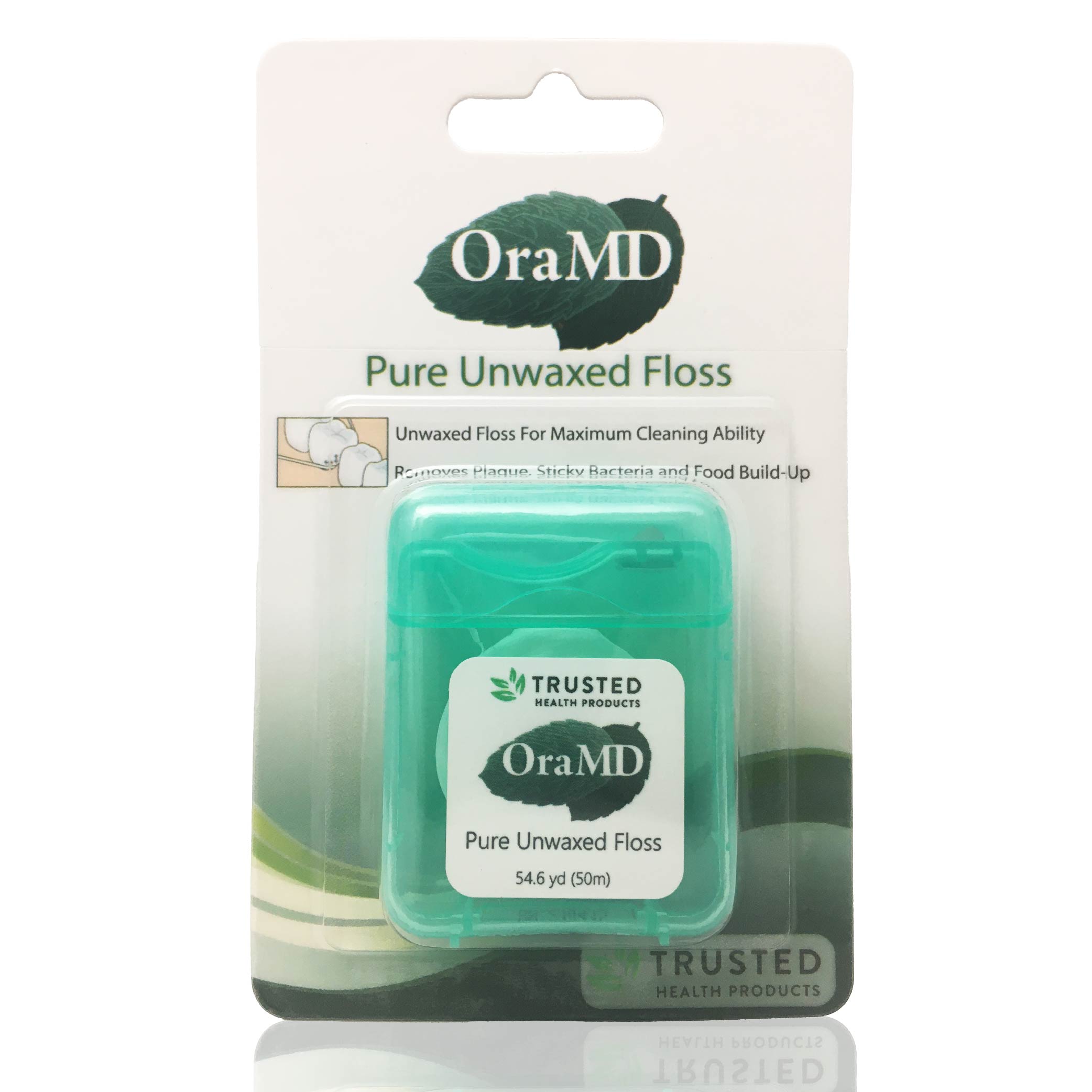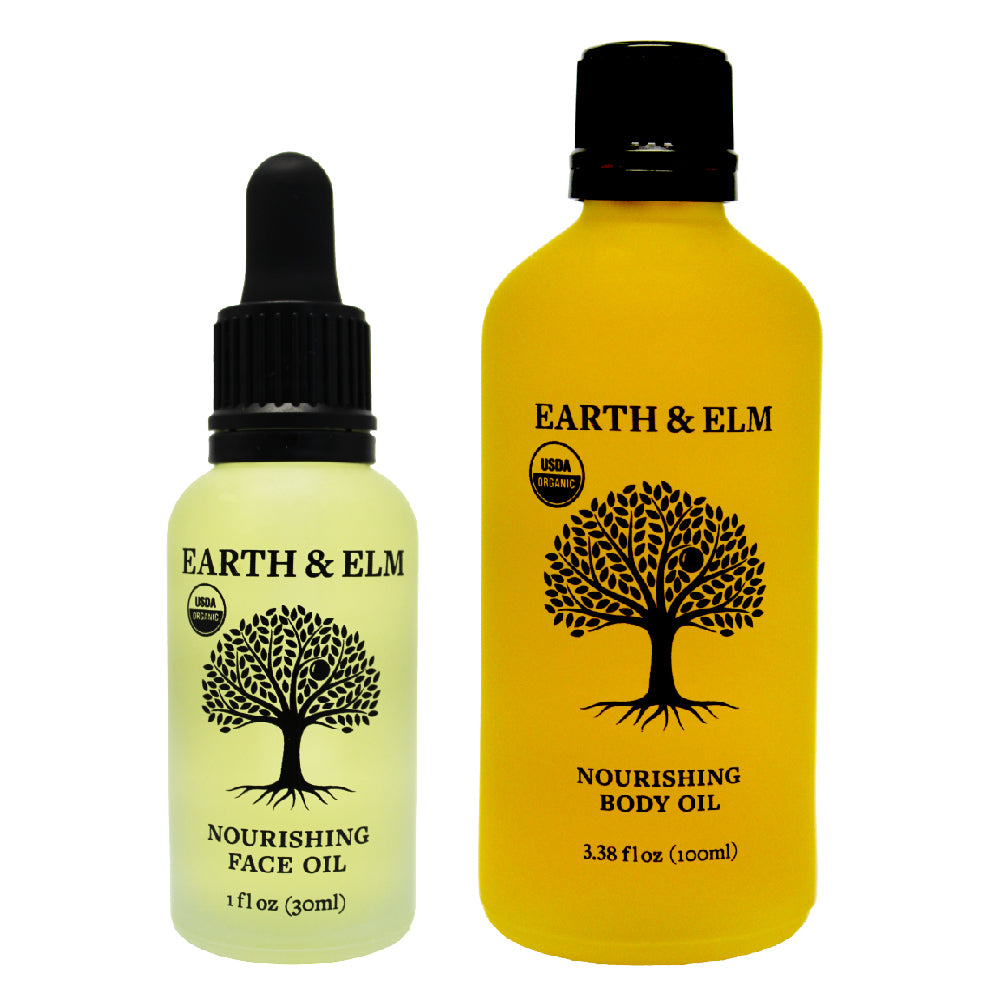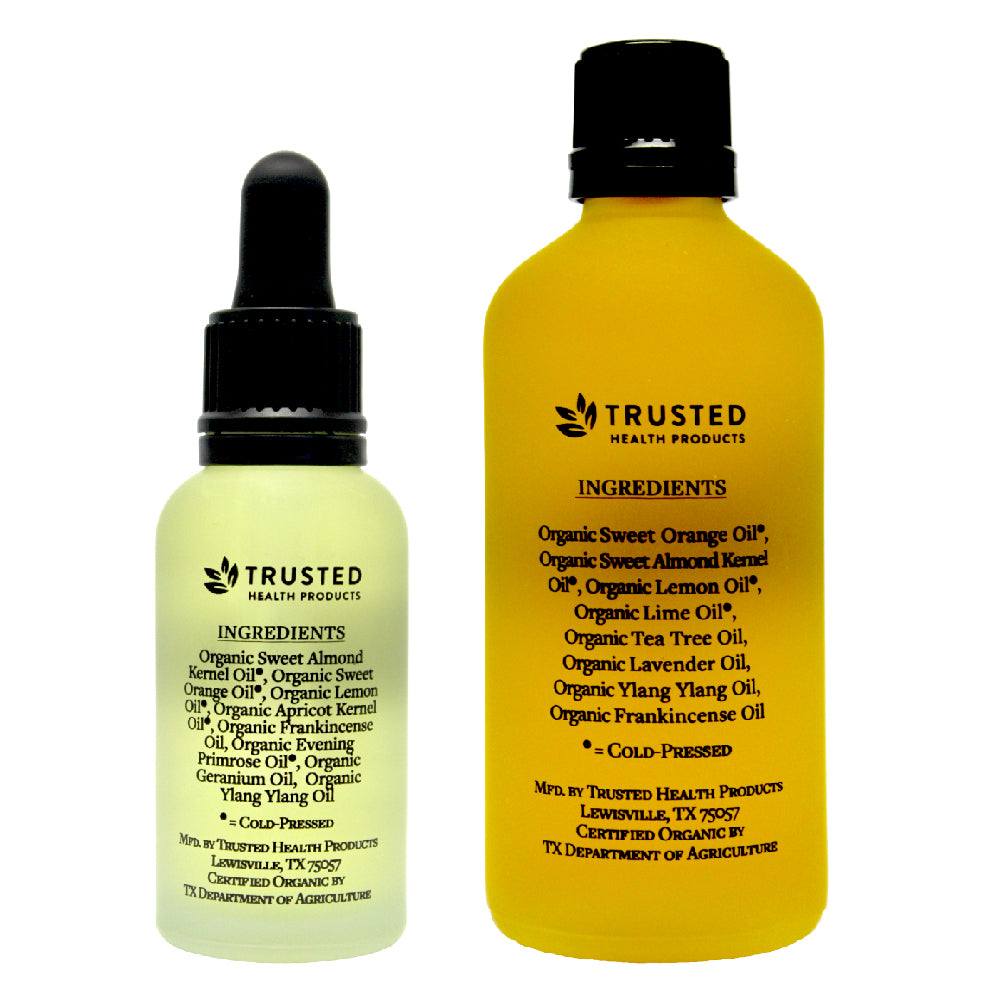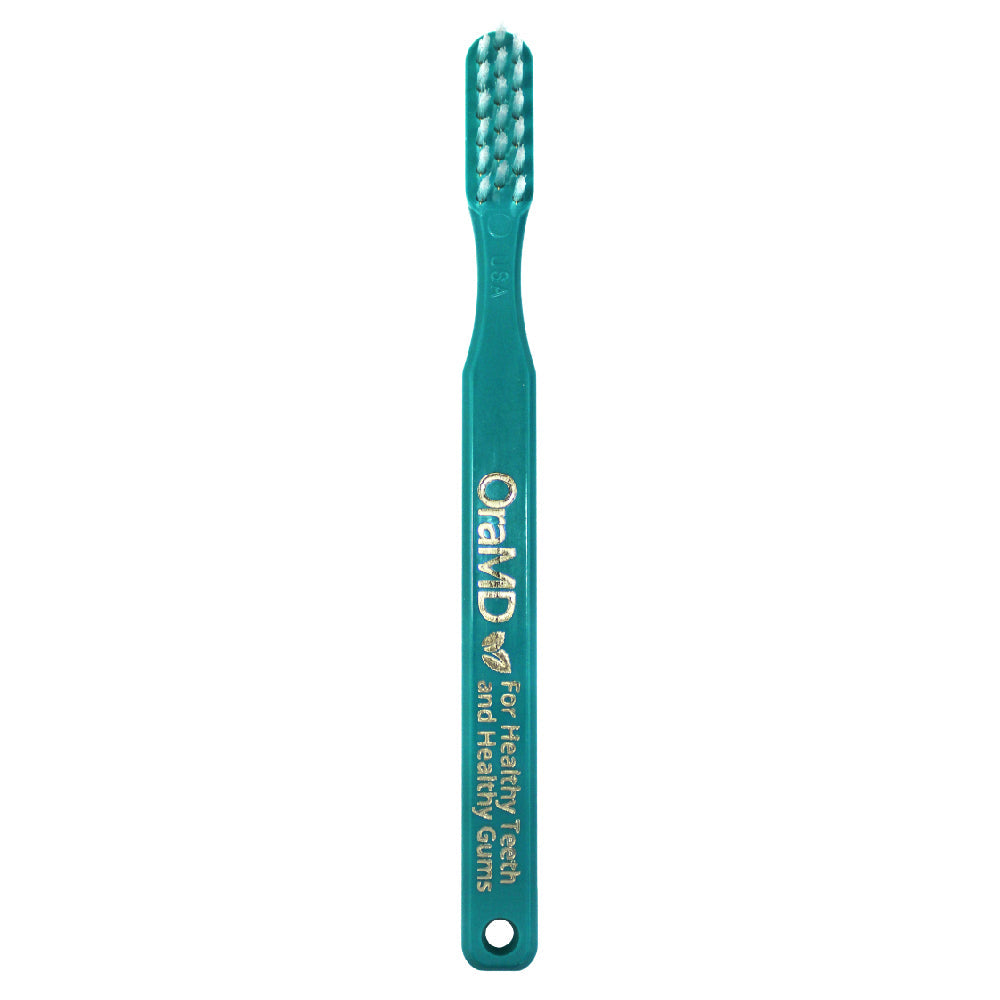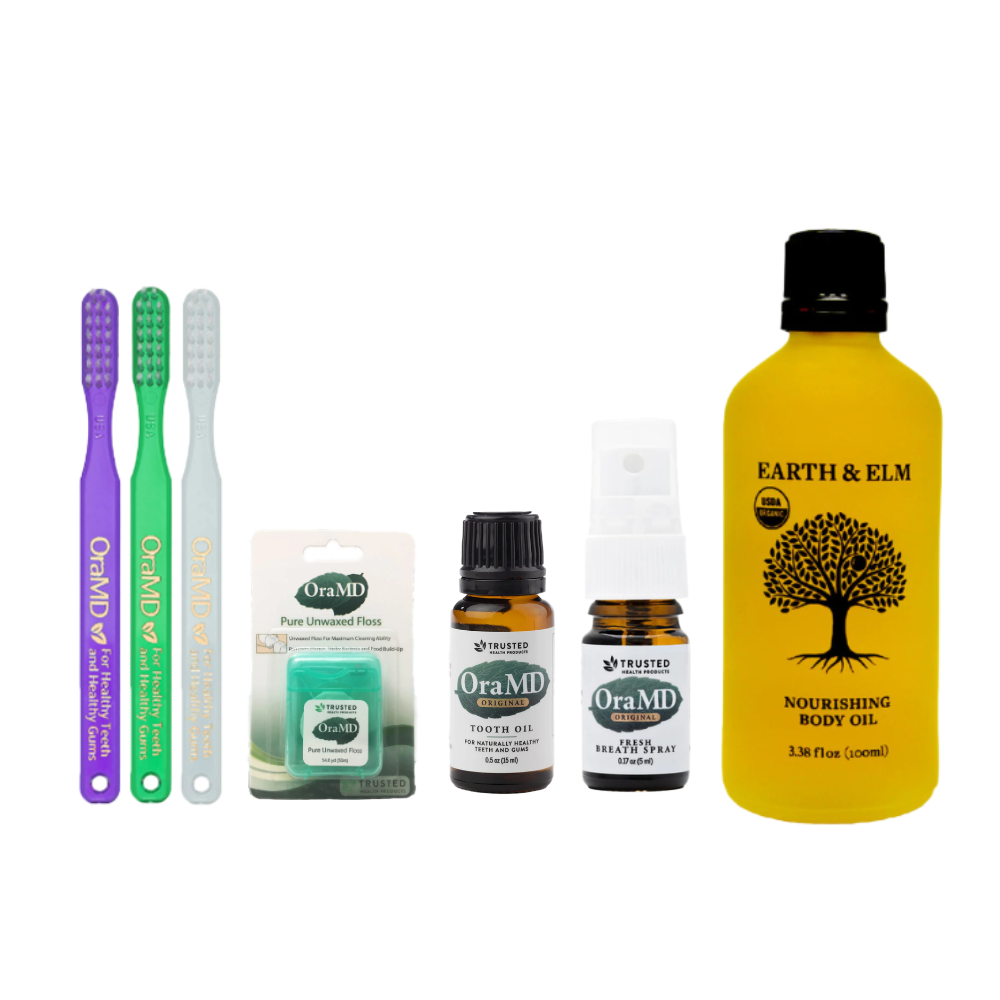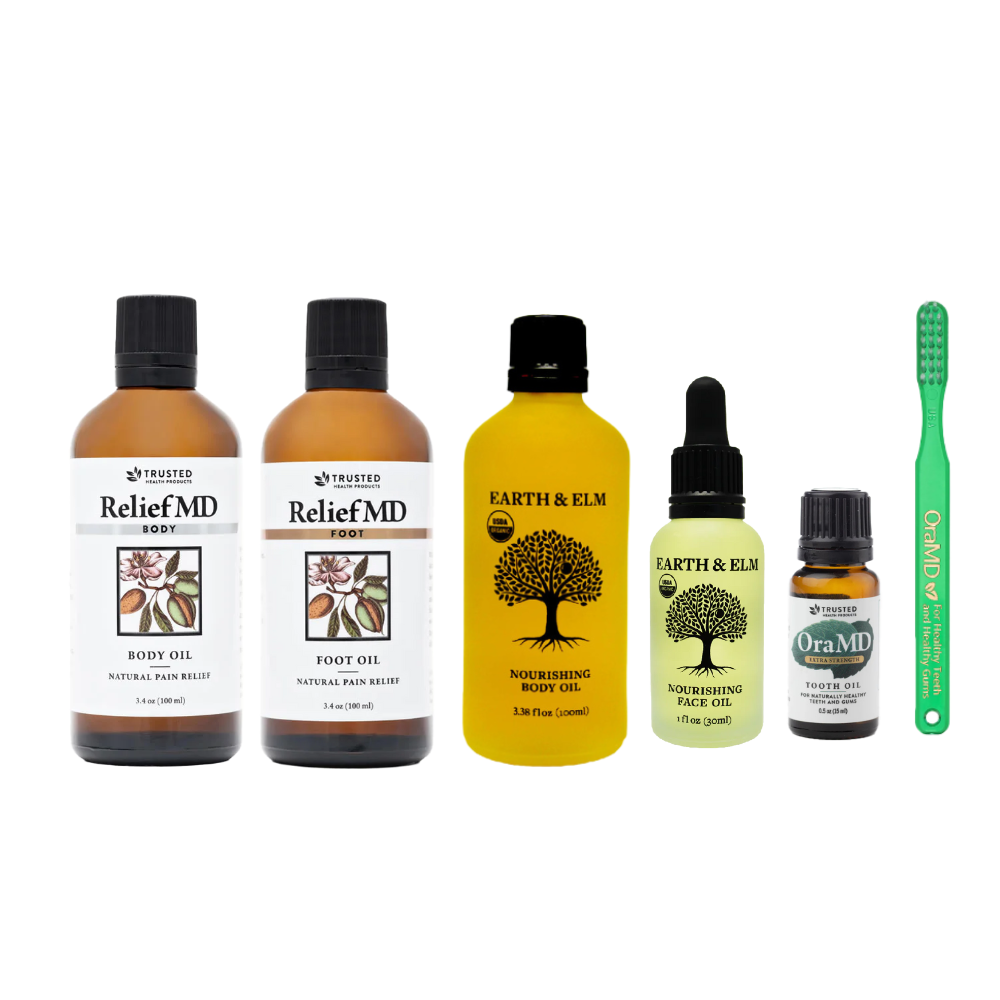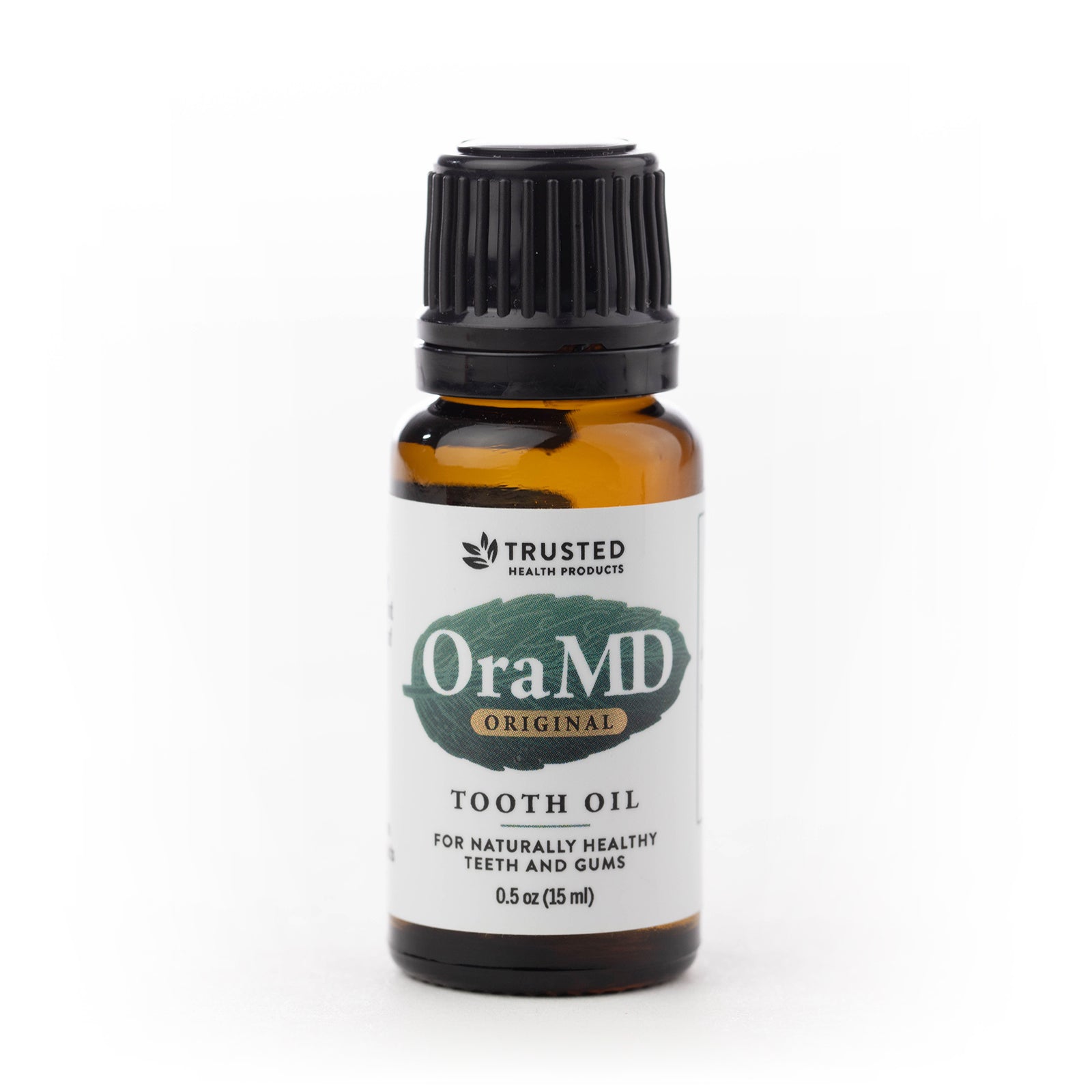Life-Saving Skills Every Health Practitioner Should Know
October 11, 2021
Author: Admin Editor
Tags:
Written By Sheerin Jafri / Reviewed By Ray Spotts
First respondents such as paramedics are not the only health practitioners who encounter people in life-or-death situations. For example, a patient at a healthcare facility may choke on a hazardous object or suffer a sudden heart attack. Therefore, regardless of what type of health practitioner you are, it’s your responsibility to know how to act while encountering a person in a life-threatening condition.
Without being able to do so, not only will you put several people at risk, but you may also lose your job. More importantly, you may suffer through regret of not being able to help a patient, eventually quitting your job.
So, to prevent losing your job and deliver the best possible patient outcomes, it’s crucial to learn essential life-saving skills. To help you in this purpose, here are some common life-saving skills every health practitioner should know about.
Performing CPR
Suppose you see someone collapse during your healthcare career and notice unresponsiveness. In that case, it’s very likely the person is undergoing cardiac arrest or has stopped breathing. A condition such as cardiac arrest can result in brain damage and death in only a few minutes. In such a situation, the solution is to provide CPR in the best possible manner immediately.
While performing this procedure, you need to repeatedly compress the patient’s chest manually to pump blood throughout the body, serving the purpose of the heart. One must provide 100 to 120 beats per minute for best results, pressing the chest by two inches per compression.
However, knowing how to provide effective CPR requires more than just reading. It’s essential to have an expert guide you through this life-saving process to learn it effectively. More importantly, there’s more to life-threatening cardiovascular conditions than just CPR.
Therefore, it’s best to gain an ACLS (Advanced Cardiovascular Life Support) certificate that equips you with the proper knowledge and skills to treat people in life-threatening situations. So, make sure to enroll in ACLS courses to increase your life-saving skills as a health practitioner.
Treating choking
During choking, the person’s airways may become blocked due to an object which leaves no room for oxygen exchange. It is a common situation amongst people as many objects surrounding us can lead to this situation.
For example, a person might choke on food, or children may start choking on small objects. While it may not seem as life-threatening as other situations, choking has the potential to lead to death. In fact, every 2 hours, a fatality occurs due to choking. Therefore, as a health practitioner, it’s crucial to know how to treat choking.
The Heimlich maneuver is one of the most effective ways of treating a choking person. During this procedure, you must apply pressure on the diaphragm. It results in compression in the chest cavity, eventually forcing air out of the lungs and causing the stuck object to dislodge.
To apply pressure correctly, you should stand behind the choking person and perform an abdominal thrust with your hands. However, if the person falls unconscious before you dislodge the object, you will rely on CPR.
Stop bleeding
There can be different degrees of bleeding, ranging from minor cuts to arterial bleeding. In dangerous conditions such as arterial bleeding due to a severe injury, one might suffer hypovolemic shock where the heart can no longer pump blood. As a result, death can occur in a brief period. Therefore, no matter how severe the bleeding is, you should know how to stop bleeding effectively as a health practitioner.
When it comes to stopping bleeding, knowing how to apply the proper pressure is usually quite effective. Most people can deliver the appropriate pressure through just one hand and their body weight.
Treating burns
Like blood loss, there are different types of burns one can suffer. A first-degree burn is not quite severe, as there is mild inflammation and swelling. However, a second-degree burn involves significant pain, inflammation, and severe damage to the skin.
Lastly, a third-degree burn can burn all layers of the skin in the affected area and cause nerves and blood vessels to be severely damaged. Regardless of what type of burn a person suffers, it’s essential to provide treatment and prevent infection or sickness alongside any further damage.
As soon as you encounter an individual with a burn wound, you should run cool water over the burnt area for about 20 minutes. It can reduce the pain, swelling, and formation of any potential scars. Once the wound has cooled down, it’s essential to clean the area with soap to avoid infection.
After cleaning, you can cover the burnt area with a clean plastic bag to prevent pathogens from entering the person’s body. If the individual still experiences pain, you can take ibuprofen as a painkiller.
Treating hypothermia
Hypothermia is a condition where the body starts to lose heat faster than it can produce heat. As a result, the body suffers low temperatures in the core body, leading to organ failure and death if not treated timely. Hypothermia usually occurs in people who stay out in cold environments for far too long.
A health practitioner needs to learn the skill necessary to treat this condition, as it can often be quite deadly. While treating a person with hypothermia, your primary aim is to reduce heat loss and keep the person warm.
For this purpose, you will have to immediately remove any wet clothing, isolate the person from the cold environment, and insulate using blankets or similar items. You’ll need to provide intense heat through a hot water bath or blow heater in severe conditions.
Conclusion
During your career, it’s very likely that you’ll encounter some people in emergencies fighting for their lives. First respondents may often not be available to help you in such situations. Therefore, it’s essential to increase your life-saving skills as a health practitioner and save several lives in the future. So, make sure to learn the skills mentioned above and improve patient outcomes.
Subscribe to our Trusted Health Club newsletter for more information about natural living tips, natural health, oral care, skincare, body care and foot care. If you are looking for more health resources check out the Trusted Health Resources list.
Written By:
Sheerin Jafri is a creative and passionate blogger who loves to write on various trending topics. She looks forward to pursuing a career as a financial analyst and is keen to learn about business and lifestyle.
Reviewed By:
Founder Ray Spotts has a passion for all things natural and has made a life study of nature as it relates to health and well-being. Ray became a forerunner bringing products to market that are extraordinarily effective and free from potentially harmful chemicals and additives. For this reason Ray formed Trusted Health Products, a company you can trust for clean, effective, and healthy products. Ray is an organic gardener, likes fishing, hiking, and teaching and mentoring people to start new businesses. You can get his book for free, “How To Succeed In Business Based On God’s Word,” at www.rayspotts.com.









